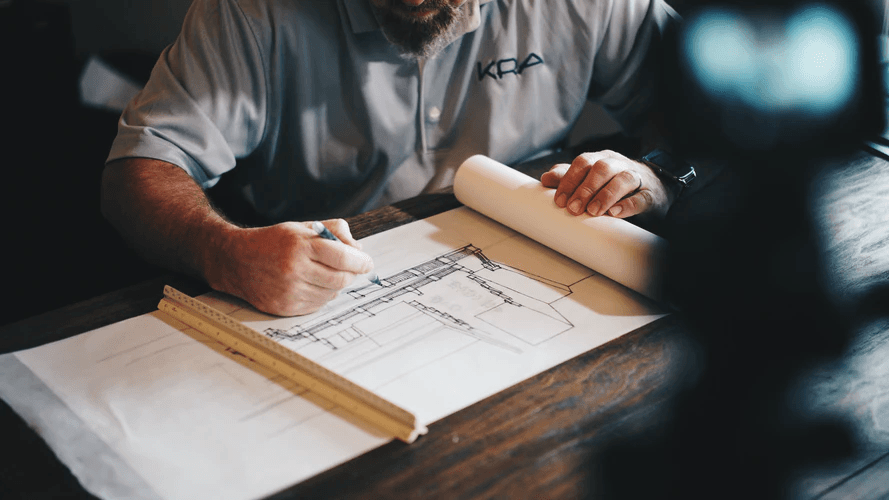Adaptive reuse has been a commercial real estate trend for some time, but this approach has been pushed into the spotlight as the last year has drastically shifted the commercial property landscape.
As many companies turned to remote work to keep employees safe, office buildings across the country became vacant, and property owners are looking for ways to draw back in tenants. Historical buildings have also been sitting unused for months, leading to disrepair. Adaptive reuse can make these buildings inhabitable and marketable, so landlords can reduce vacancy rates.
What is Adaptive Reuse?
At the most fundamental level, adaptive reuse is exactly what it sounds like. Old buildings are renovated and used for a new purpose. One common example of this would be transforming old warehouses into multifamily residential properties. The right commercial contractor can renovate virtually any property to better fit the (future or current) tenants’ needs.
When compared to the demolition of old buildings and subsequent new construction, this process can offer a long list of benefits. For communities that have a large number of historical sites, adaptive reuse can preserve these properties and the area’s cultural heritage. Reuse can also slow urban sprawl, and with the right adaptive approach, it can establish new cultural touch-points.

The Benefits of Adaptive Reuse
There’s no shortage of benefits for property owners or real estate developers choosing adaptive reuse. For one, it offers much lower construction costs than building from the ground up. While this process takes more labor to complete, construction and demolition costs are reduced. It also takes less time overall to finish these projects, which also contributes to cost-savings.
Another major selling point of adaptive reuse is the sustainability of this approach. Demolition of old buildings, especially those with environmental hazards like asbestos or dangerous mold, creates excessive waste and carbon emissions. Combined with green building materials and LEED certification guidelines, adaptive reuse can drastically decrease the environmental impact.
The Process
For those developers or property owners who are embarking on their first adaptive reuse project, it’s a wise idea to understand how the process works.
- Assess: Not all buildings are good candidates for adaptive reuse, so it’s important to have a team of professionals perform a thorough assessment of the building’s structural integrity. This is a wise investment, and knowing the full condition of the building will guide the project.
- Neighborhood Survey: On that note, not all neighborhoods are the right community to host an adaptive reuse building. Survey the surrounding areas and get feedback from residents and businesses that are already there, and be sure to ask about how they feel about the impending project.
- Hire a Contractor: Specifically, hire a commercial contractor with experience in adaptive reuse. They will be able to help determine a budget, figure out which building materials are right for the project, handle permits, follow historical restoration best practices, and manage subcontractors being used for skilled or niche labor.
- Plan: Once a contractor is in place, the planning stages can begin. Consider all of the building materials taken from the original structure and how they can be reused in the new building plan. Determine how the historical features can be preserved and even highlighted.

When all of these pieces fall into place, construction can begin. It’s crucial to have a commercial contractor manage the work in order for the project to stay on track and on budget. There’s also an additional safety risk for the team if they’re working in buildings that may be of bad quality or offer structural hazards.
For developers and building owners who have decided that newer isn’t better, adaptive reuse can be a sustainable, cost-efficient way to create a fresh, new space for a changing community. The key to making these projects successful? Working with a team of commercial contractors with decades of experience.
Established in 1921, we are a 4th generation general contracting company that specializes in design/build, construction management, renovation and expansion of commercial buildings and industrial facilities. Our solid background in carpentry, concrete, and construction management allows us to take on any project large or small. Our strong commitment to quality and safety, along with using only the finest subcontractors, allow us to produce a superior product.
Our award-winning team are experts at staying on time and budget. You get clarity and transparency with us, not chaos and confusion. If you appreciate quality, efficient work instead of the commercial construction roller coaster. Consider us — let’s talk more about your next project.
The post Adaptive Reuse of Commercial Properties appeared first on G. S. & S. Construction.





